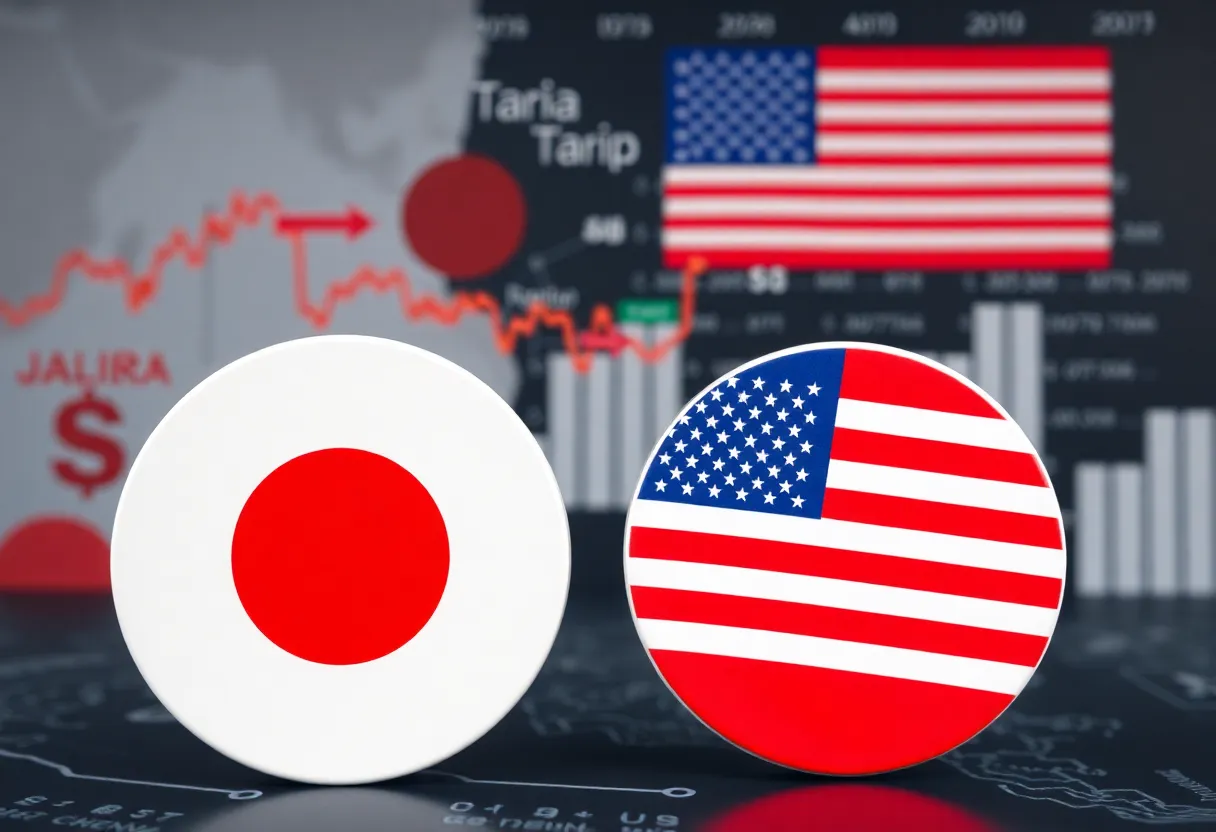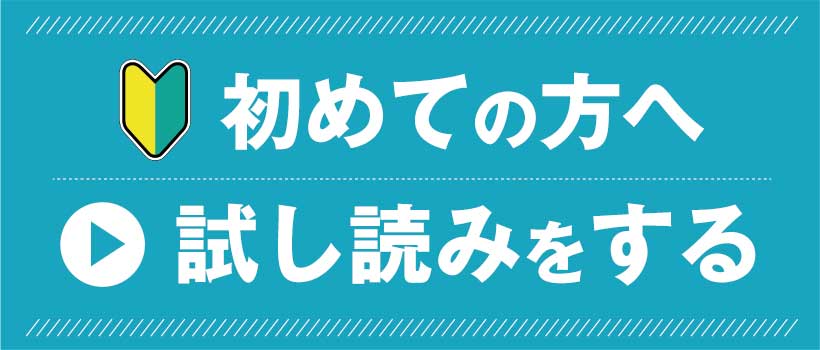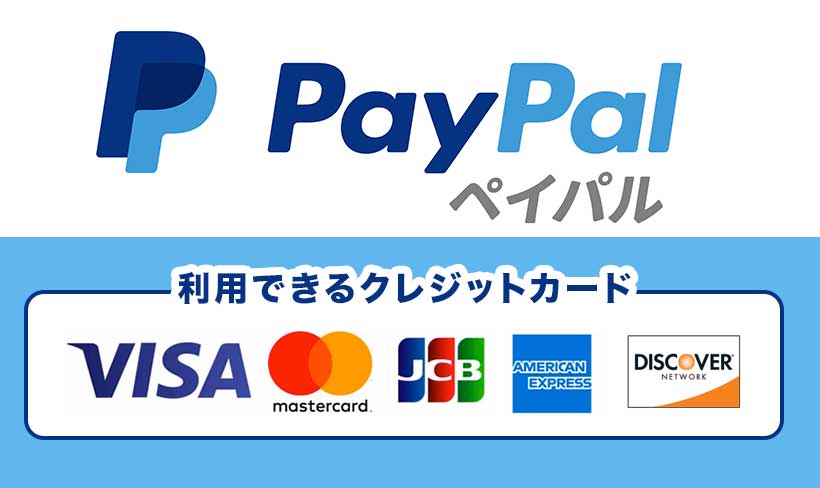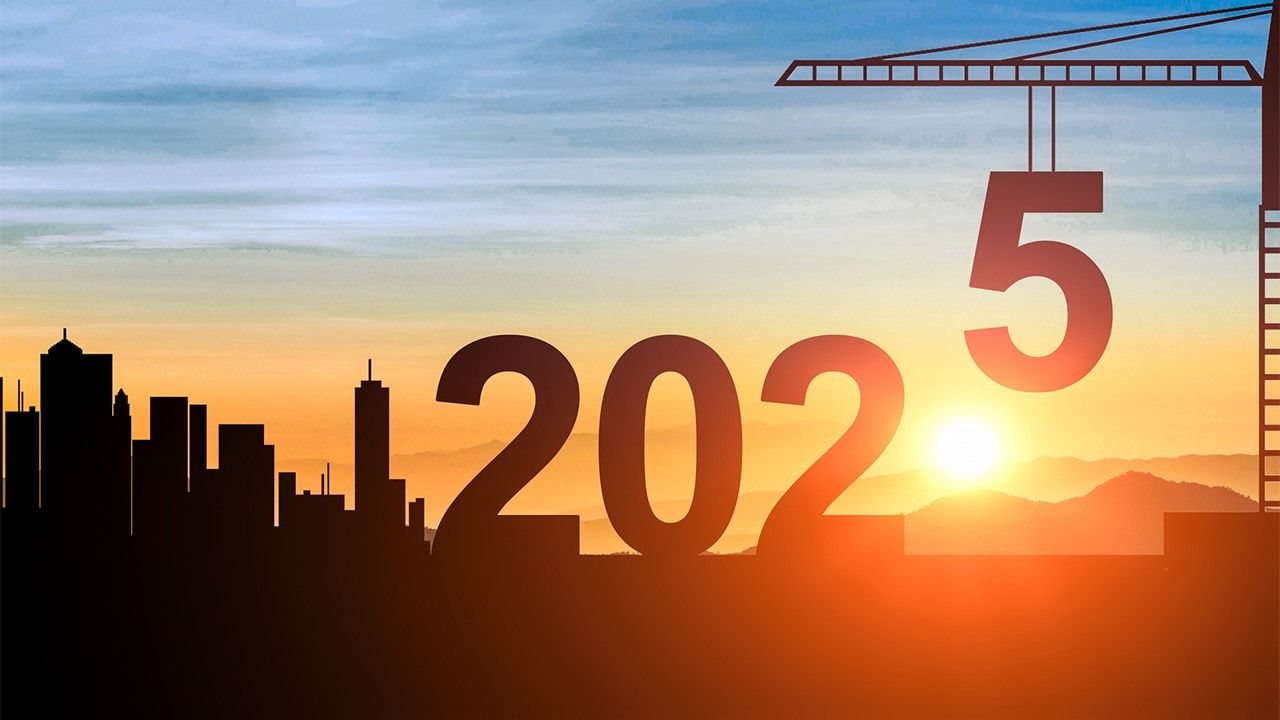In my column last week, I argued that the background to the U.S.-Japan tariff agreement was that “Japan’s investment plan likely aligned with the Trump administration’s strategic goals, particularly regarding AI investments,” and that ” the critical focus should now be on how Japan can effectively leverage U.S. technological innovation within its own growth strategy.”
According to the details of the U.S.-Japan negotiations revealed by Minister of Economic Revitalization Ryosei Akazawa on a YouTube program on July 29, it appears my perspective was accurate.
Akazawa explained that President Donald Trump’s logic was straightforward: by threatening higher tariffs, the opposing country would concede and lower their tariffs, making U.S. exports more attractive and thereby reducing the U.S. trade deficit.
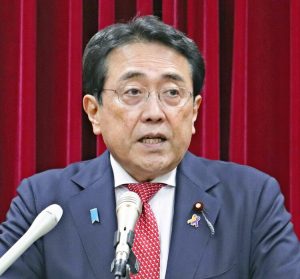
However, under the “Trade Agreement between Japan and the United States of America,” concluded in 2019 between the Abe administration and the first Trump administration, Japan had already lowered its tariffs on U.S. goods to a weighted average of just 0.8%. Even eliminating all remaining tariffs on agricultural products would have had minimal impact on the trade balance.
From the outset, Japan argued for “special treatment,” given it has been the largest investor in the U.S. for six consecutive years.
According to Akazawa, the U.S. side was angered at the first meeting, stating that Japan was not listening to Trump’s demands, and at the third meeting in May, a cabinet member declared there was no point in meeting if Japan was not prepared to lower its tariffs (USTR Representative Jamieson Greer did not attend after the third negotiation ).
The Trump administration initially made no connection between tariffs and economic security, but it seems they gradually warmed to the idea of partnering with Japan.
